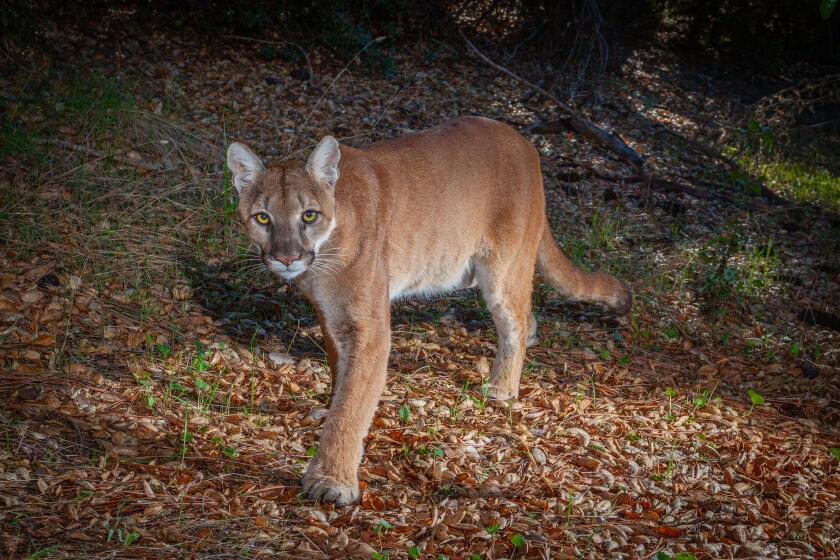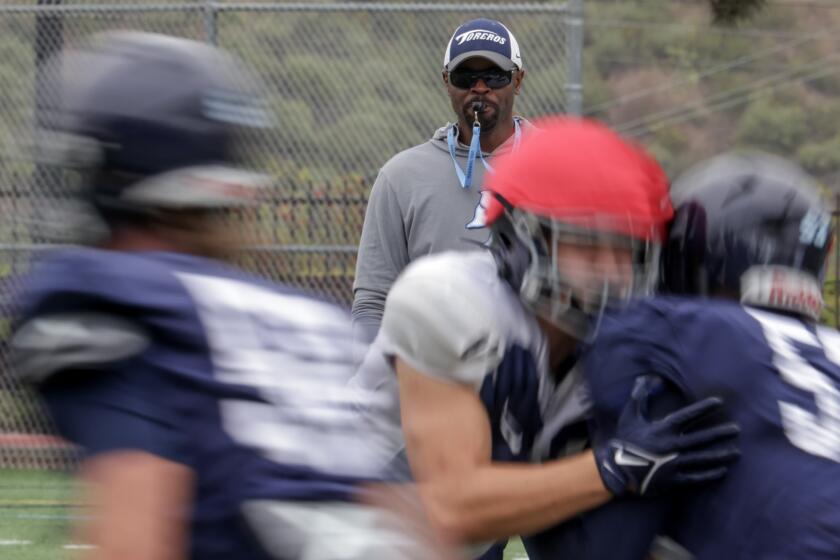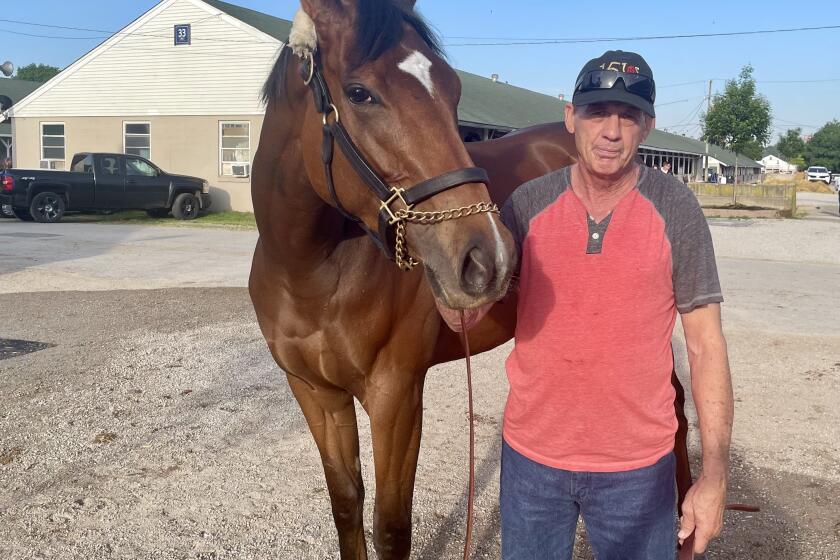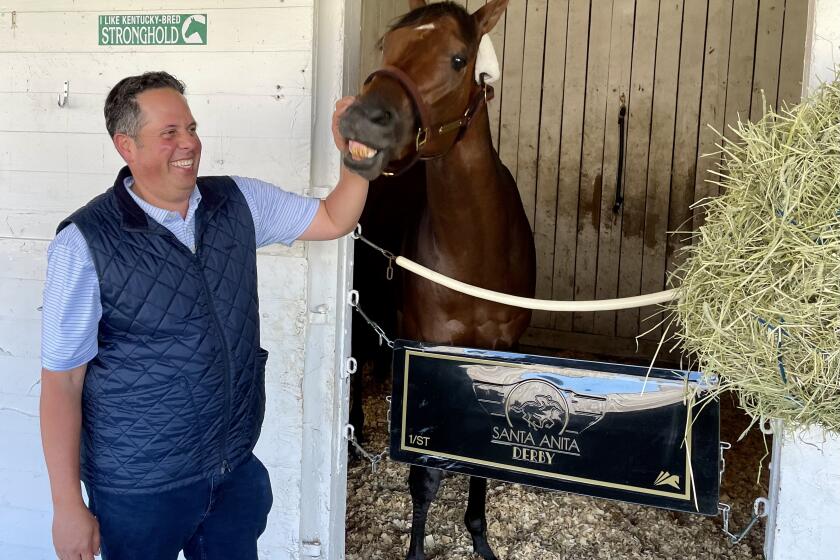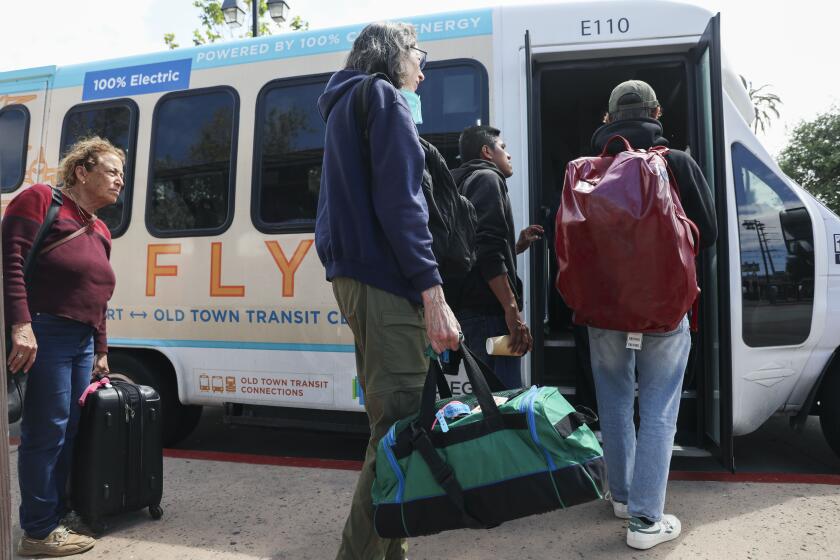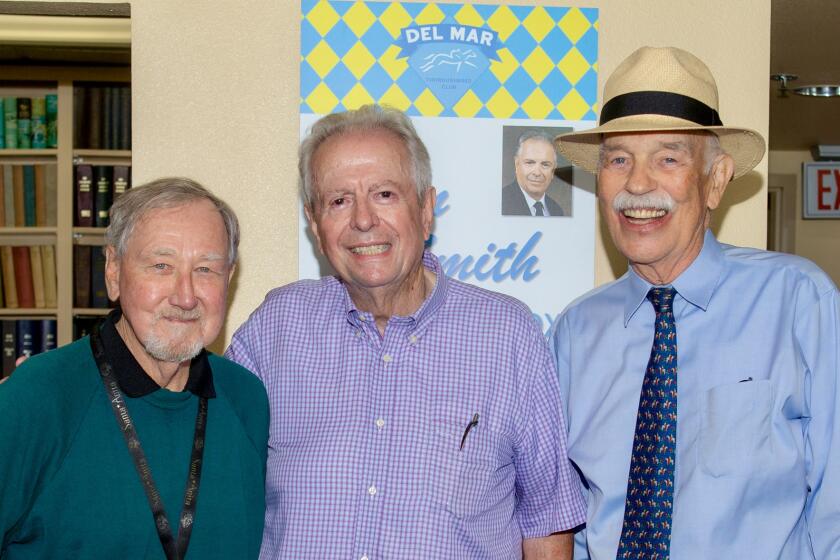Outdoors: The magical world of mushrooms

Although San Diego County is not a mushroom hot spot, many species of fungi can be found in wet environments
Surely, the leprechauns had been at work.
How else could I explain the sudden appearance of tiny, parasol-like mushrooms on the damp forest floor? They were not there the day before.
Yup, leprechauns had to be the answer.
Afterall, St. Patrick’s Day was at hand.
The Irish, like many cultures around the world, have long recognized the ephemeral mushroom as part of their folklore and mythology.
Colorful characters such as fairies, elves, pixies and the whimsical Japanese raccoon dog have evolved to explain the secretive and magical realm where mushrooms are found.
I had stumbled upon such a magical place, and it was time to sit and see.
The sunlight was warm, but winter chill still lurked in the deep shadows of this shaded oak grove.

I began to see other mushrooms poking up through the thick layers of forest duff. Some were tiny, less than an inch in size with delicate paper-like umbrellas. I noticed larger ones and sponge-like growths, clinging to the side of a nearby decaying oak log.
It was easy to let fantasy take over.
Mindlessly kicking at a small oak log, it rolled over, revealing a cluster of circular, pure-white petals of intricate design, that I later identified as split-gill.
I had never given much thought to mushrooms and wanted to know more.
The names alone were captivating.
Ink caps, Western jack-o’-lanterns, destroying angels, death caps, Southern candy caps, vinegar cups, puffballs, cabbage parachutes and mulch maids were all recorded in iNaturalist as being found here.

There are even species of mushrooms that glow in the dark, which many feel spawned the tales of tiny creatures living in the woods.
One of my go-to sources of information are the experts at the San Diego Natural History Museum, where I was fortunate to connect with Ariel Hammond, the director of the museum’s research library.
As a passionate amateur mushroom hunter, she turned out to be the authority, explaining that the museum does not have a mushroom scientist, known as a mycologist, on staff.
“Mushrooms are the stepchild of the research realm,” Hammond explained. “In San Diego, people assume that it’s too dry for there to be many fungal species, and so they don’t go looking.”
Since mushrooms are most commonly found in wet environments, the Pacific Northwest is a focal point for research and collecting.
But interest is growing in local mushrooms and our past two wet winters are likely helping that.
Hammond also referred me to Cassandra Ablola, president of the San Diego Mycology Society, a locally active and growing group focused on mushroom education.
Ablola agreed that San Diego is not considered a mushroom hot spot, but that’s changing with rapidly evolving study and new insights into these unique organisms.
Mushrooms are the fruit of fungi growing underground or in trees. Historically, they were considered as flora, part of the plant kingdom.
A few years ago, funga became a new kingdom joining flora and fauna.
“This is an evolving methodology thanks to things like DNA sequencing, but still the least actively studied and understood,” Ablola said.
Even locally, there is no clear understanding of the number of mushrooms to be found, but that is one goal the Mycology Society hopes to achieve.
“We don’t know how many mushrooms we have here because a complete survey has never been done,” Ablola said.
Mushrooms do range from our ocean shores to the desert.
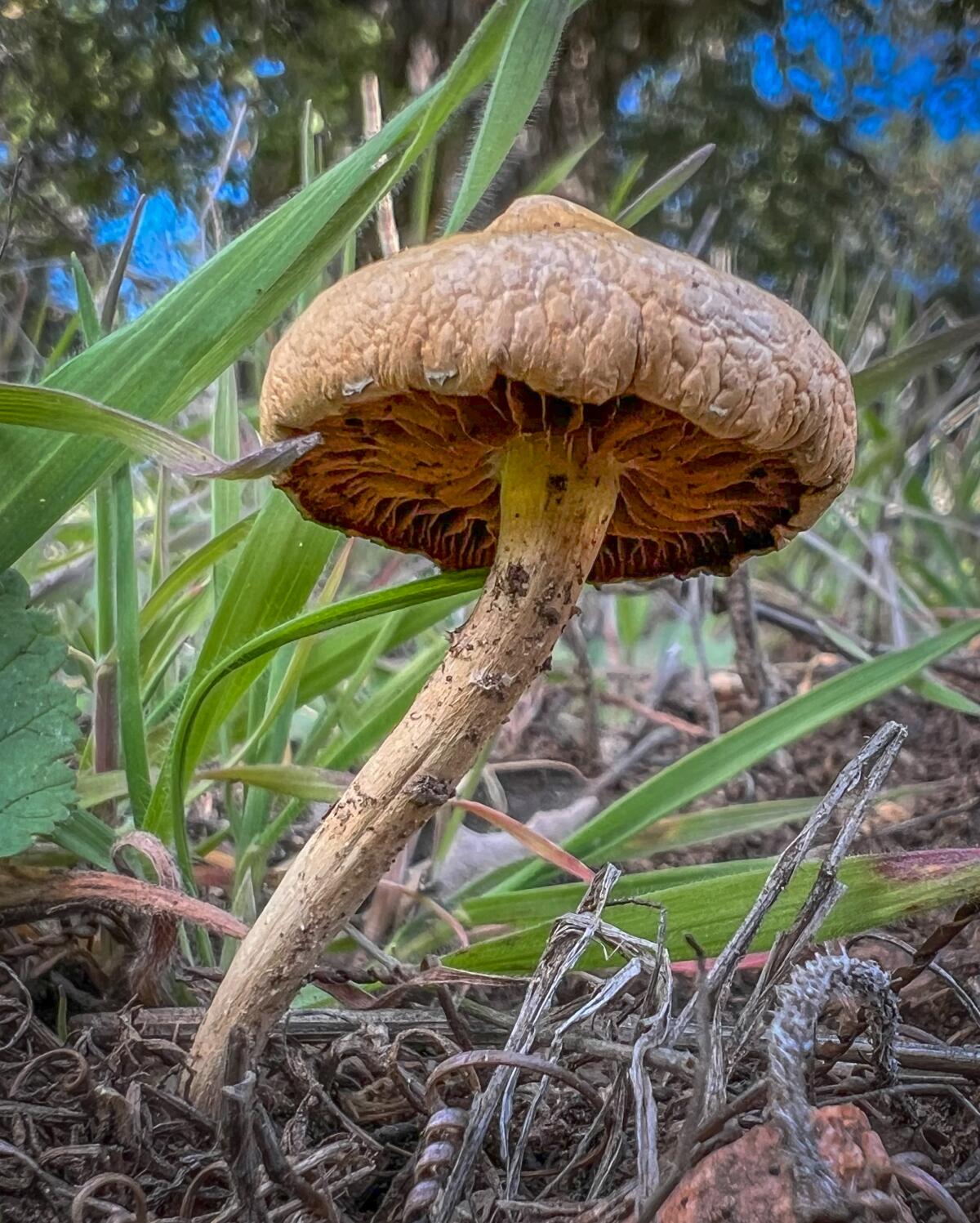
A theme that ran through all my interviews was the extreme danger of eating mushrooms without knowing exactly what they are.
There are about a dozen edible species known in San Diego County, and there could be more.
But even experts have difficulty in identifying which ones are edible because many are very similar.
Some can only be eaten when they are very young, and others look identical to highly toxic, hallucinogenic or even deadly species.
“Often, you can only tell the difference by looking at the spores or by using a microscope.” Hammond said.
Mushrooms can also look different at different stages of development, making it even more challenging to avoid potentially dangerous species.
“The more I learn, the more scared I get, and I don’t look for mushrooms to eat,” Hammond said.
Ablola lives by a simple mushroom rule.
“When in doubt, throw it out and none should be eaten raw,” she said. “After nearly 10 years I’m still not confident enough to try eating one.”
It’s also a good idea to avoid exposing pets to mushrooms that might pop up in your yard during wet periods.
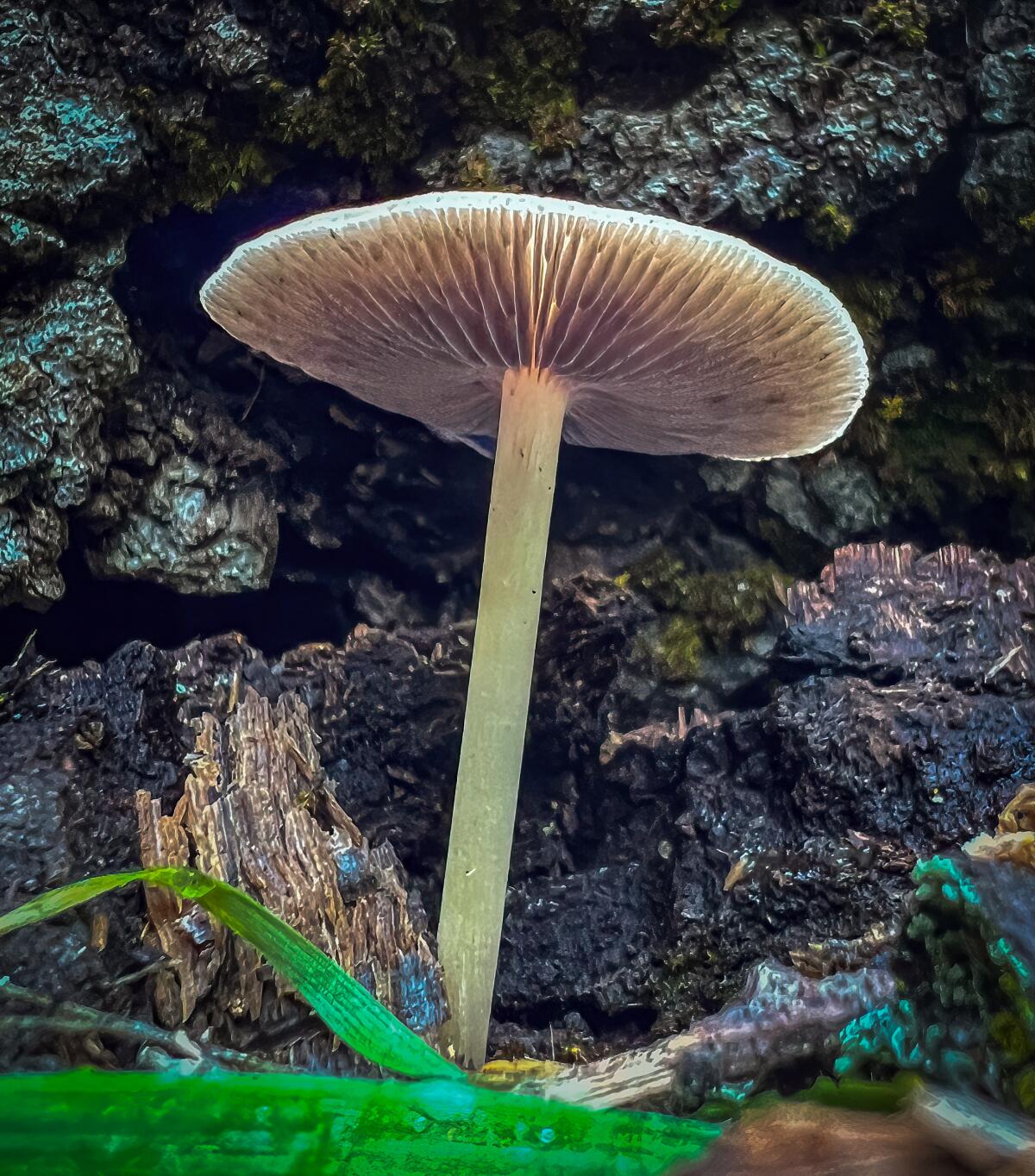
Both Hammond and Ablola were attracted to mushrooms by their beauty and fragility.
“It feels magical to find them. They were not there yesterday and may have dissolved or been eaten by tomorrow. Some may only last a few hours and melt into a sticky, black ink,” Hammond said.
Ablola loves the folklore associated with mushrooms and considers herself to be part fairy.
She enjoyed discovering mushrooms on Whidbey Island in the Northwest and was moved to tears sometimes by their beauty.
The hobby of mushrooms and fungi is rapidly growing, and the San Diego Natural History Museum is currently running a daily showing of “Fungi: The Web Life” in its Giant Screen Theater.
This is prime time for mushrooms in San Diego’s backcountry. Damp places, and even open meadows that have seen lots of rain this winter are now sprouting with these fascinating organisms.
A few mushrooms are large and showy, but many are tiny and hidden at the base of trees, under decaying logs or in tall grass.
And there are those who will tell you, if you sit quietly in the forest and listen carefully, you may hear the sounds of leprechauns dancing their jigs around mushrooms in the woods just after sunset.
Cowan is a freelance columnist. Email ernie@packtrain.com or visit erniesoutdoors.blogspot.com.
Get Essential San Diego, weekday mornings
Get top headlines from the Union-Tribune in your inbox weekday mornings, including top news, local, sports, business, entertainment and opinion.
You may occasionally receive promotional content from the San Diego Union-Tribune.

